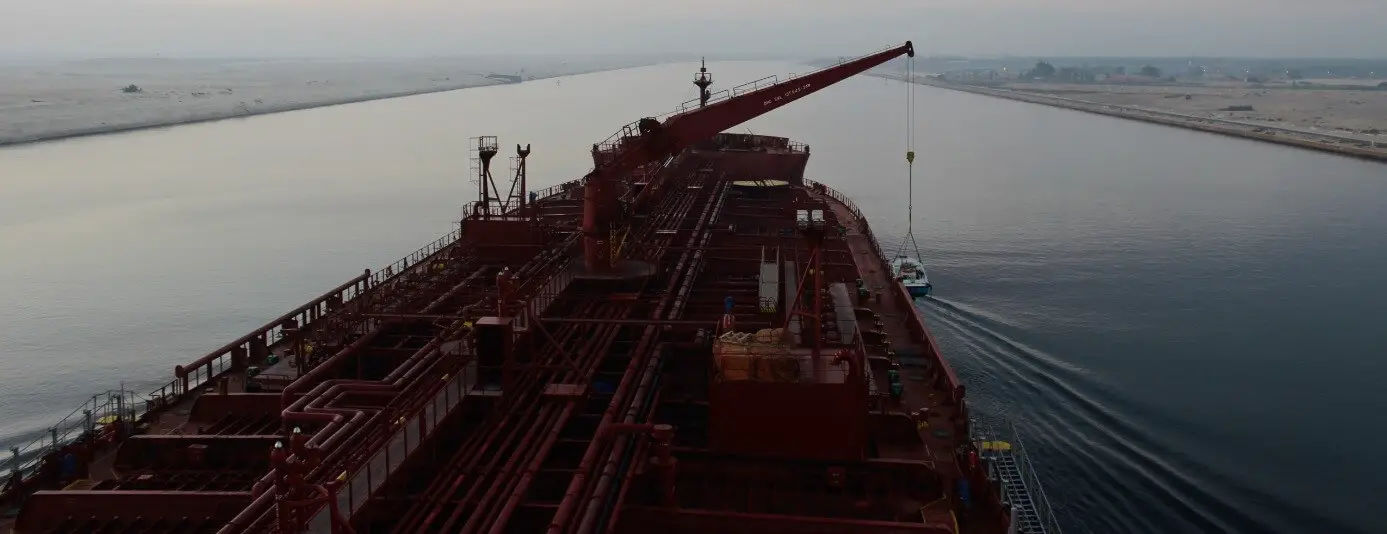Major ship size groups include: Handy and Handymax Traditionally the workhorses of the dry bulk market, the Handy and more recent Handymax types remain popular ships with less than 60,000 dwt. The Handymax sector operates in a large number of geographically dispersed global trades, mainly carrying grains and minor bulks including steel products, forest products and fertilizers. The vessels are well suited for small ports with length and draft restrictions and also lacking transhipment infrastructure. This category is also used to define small-sized oil tankers. Panamax Represents the … [Read more...]
